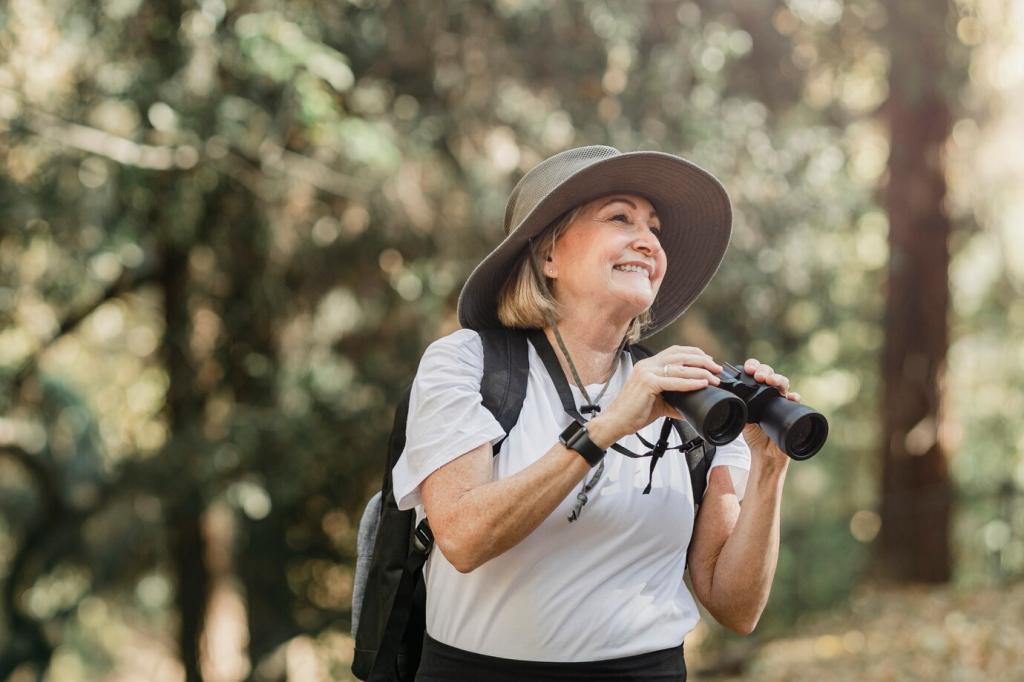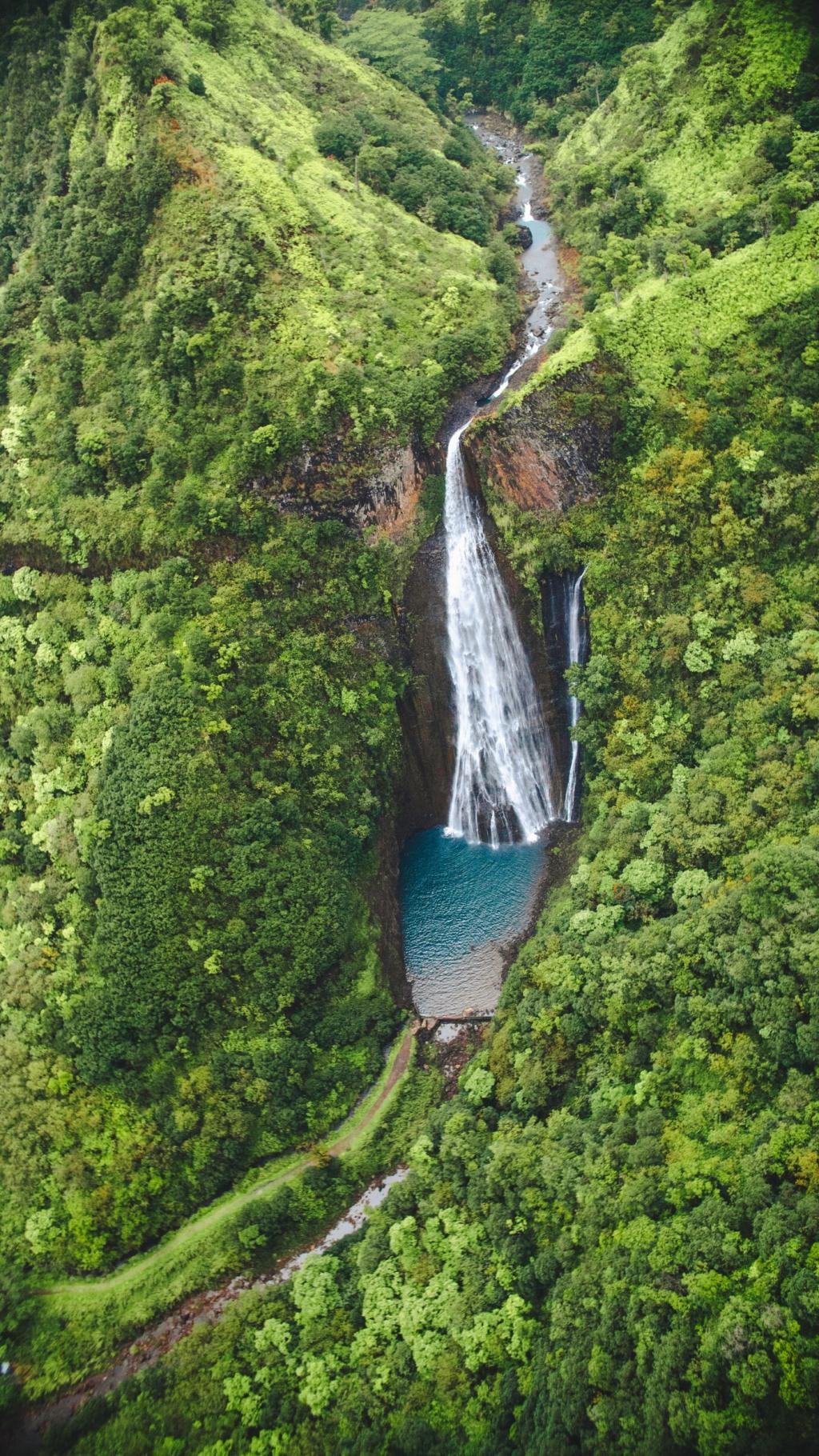
Sustainable Tourism Hotspots: Travel That Gives Back
Selected theme: Sustainable Tourism Hotspots. Discover places where your journey protects nature, uplifts communities, and leaves the lightest footprint—while offering unforgettable experiences. Read on, share your favorite ethical escapes, and subscribe for weekly inspiration rooted in real impact.

A real sustainable tourism hotspot shares decision-making and revenue with local people, funding schools, clinics, and cultural programs. When communities benefit, they become guardians of place. Comment with destinations where you witnessed locals leading the narrative and shaping every visitor’s experience.

Hotspots safeguard biodiversity through marine no-take zones, wildlife corridors, and limits on visitor numbers. Your ticket can finance rangers, research, and habitat restoration. Have you paid a conservation levy that felt worthwhile? Share the story and help others choose better.
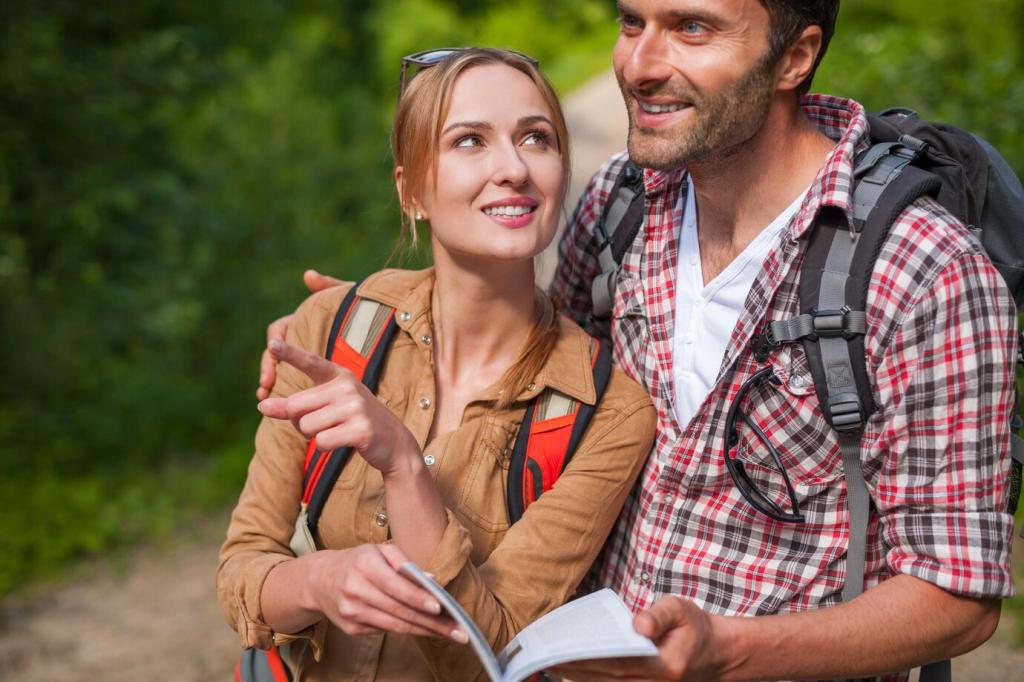
From electric ferries to solar-powered lodges, leading hotspots reduce emissions across transport, energy, and food. Think train-first routes, local ingredients, and efficient design. Tell us your best low-carbon travel hack, and subscribe for city-to-nature itineraries with minimal footprints.
Coastal Beacons of Responsibility
In Indonesia’s Raja Ampat, village patrols and community marine reserves revived coral gardens and manta populations. I still remember a guide pausing to collect a drifting net, explaining how every guest becomes a guardian. Share your tips for snorkeling without leaving a trace.
Coastal Beacons of Responsibility
The Azores pioneered respectful whale watching with strict codes: safe distances, short encounters, and scientist-guided logs. Our skipper cut the engine to let a sperm whale surface in peace. Would you choose a tour that guarantees animal-first protocols? Tell us why.
Coastal Beacons of Responsibility
On the Osa Peninsula, rangers track scarlet macaws while lodges compost, harvest rainwater, and hire locally. A ranger once showed me seedlings earmarked for corridor restoration, funded partly by visitors. Subscribe for our guide to choosing lodges that invest in forests, not just views.
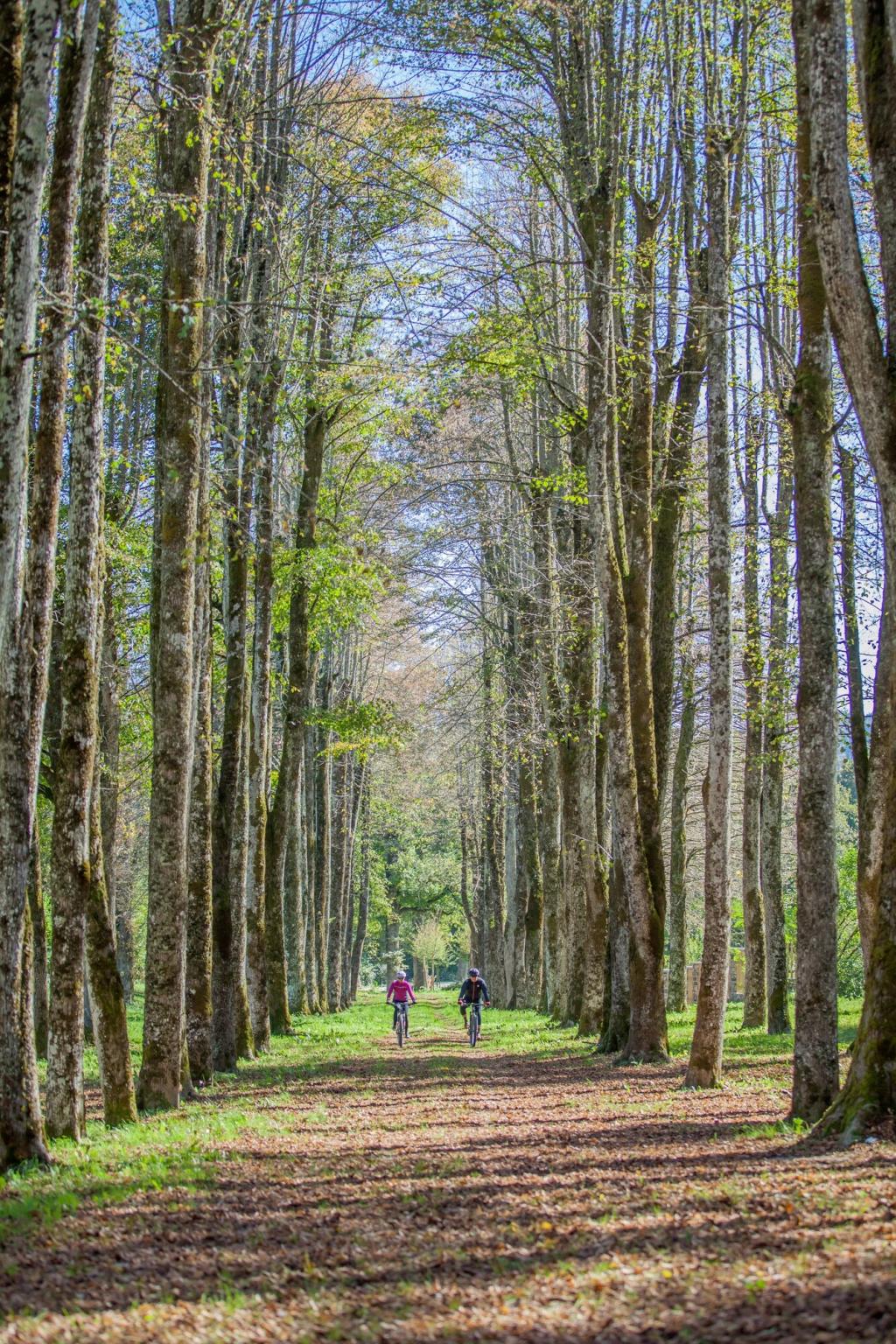
Mountain and Highland Leaders
Bhutan’s model channels fees into free healthcare, conservation, and heritage. A homestay host told me the national happiness idea feels real whenever trails are quiet and forests intact. Would you accept fewer crowds for richer culture? Share your perspective below.

Namibia’s Communal Conservancies
Namibia’s conservancies give communities wildlife use rights, aligning livelihoods with elephant and leopard protection. A manager showed me tracks near a lodge funded by guest fees. Would you choose a stay owned by local conservancies? Share how ownership changed your safari.
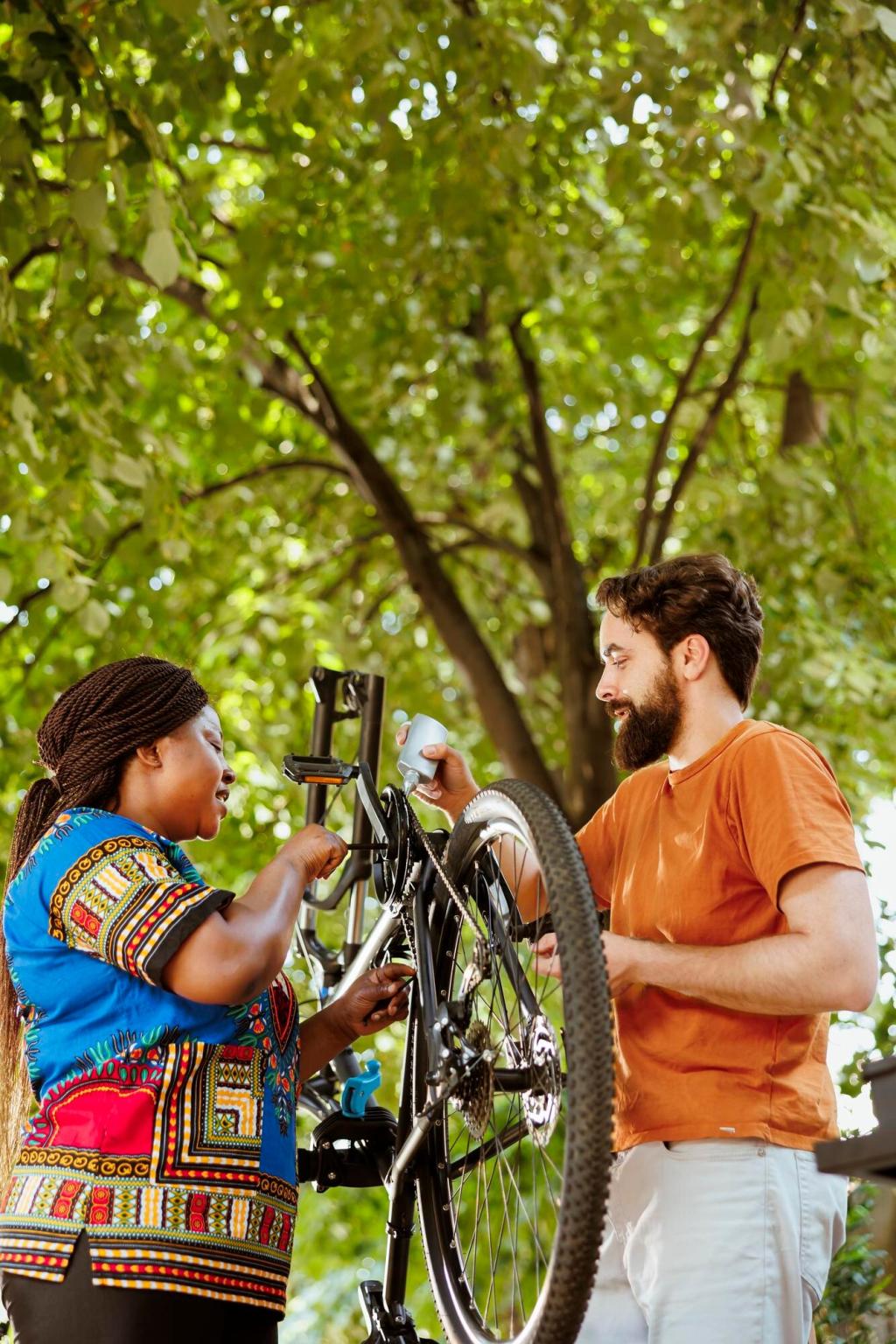
Kenya’s Community Conservancy Tourism
In northern Kenya, conservancies train rangers, monitor lions, and share tourism revenue. A Samburu guide explained patrol rotations supported by visitor levies. If predator sightings felt more meaningful when communities led, tell us why—and subscribe for ethical safari planning tips.
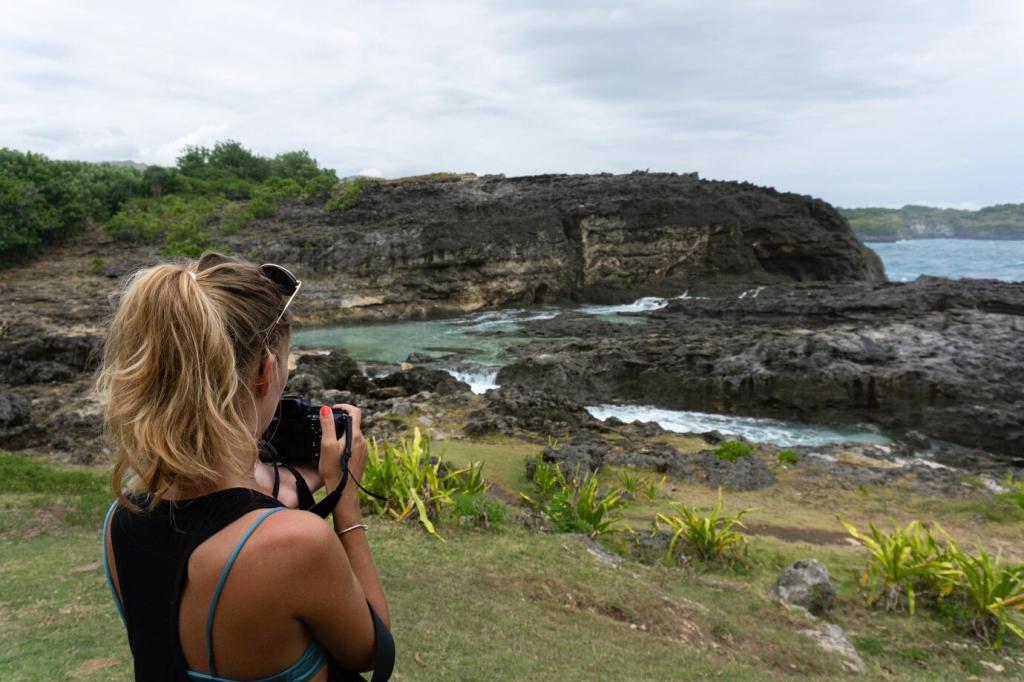
Wadi Rum’s Solar-Powered Camps
Bedouin-run camps in Wadi Rum use solar, limit generators, and serve desert-grown herbs. One evening, our host traced family routes across the stars, linking stewardship to survival. Would you trade flashy amenities for silence and starlight? Add your voice below.
